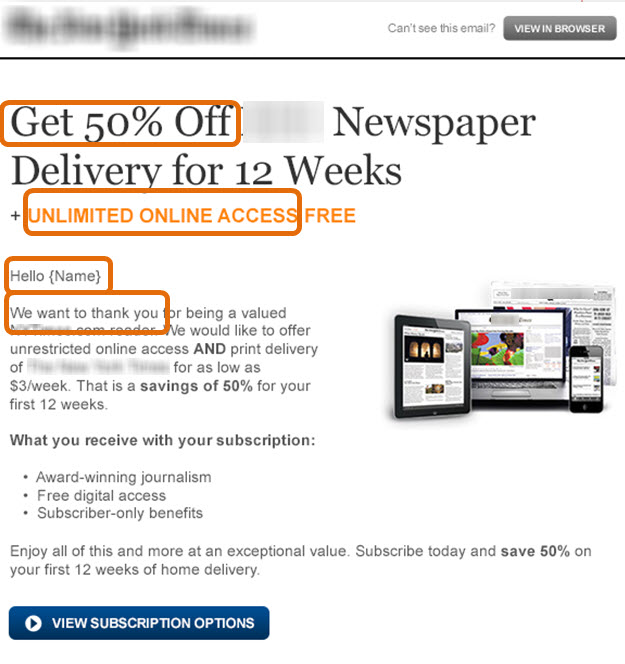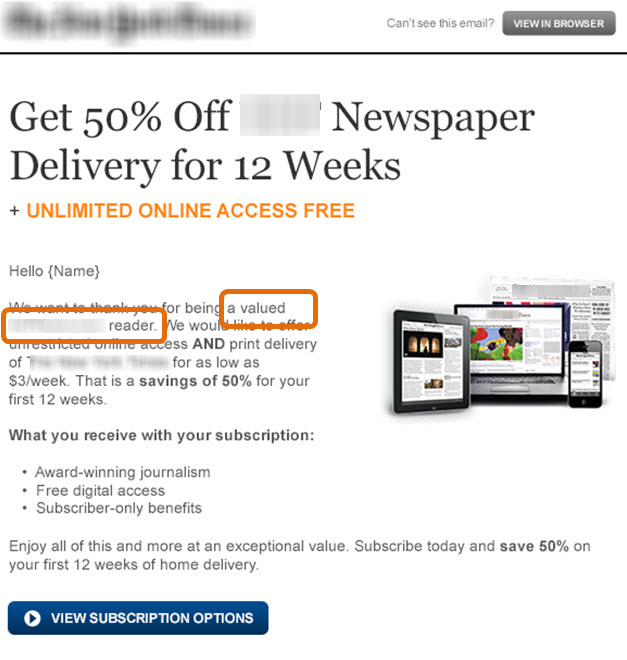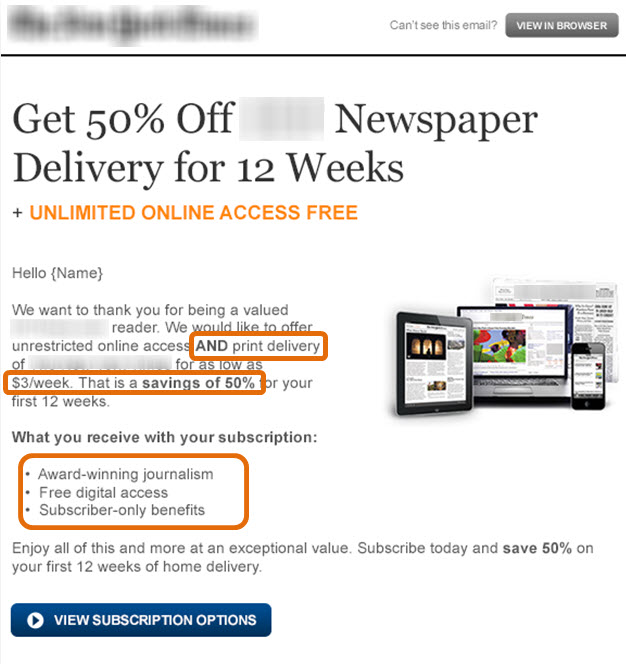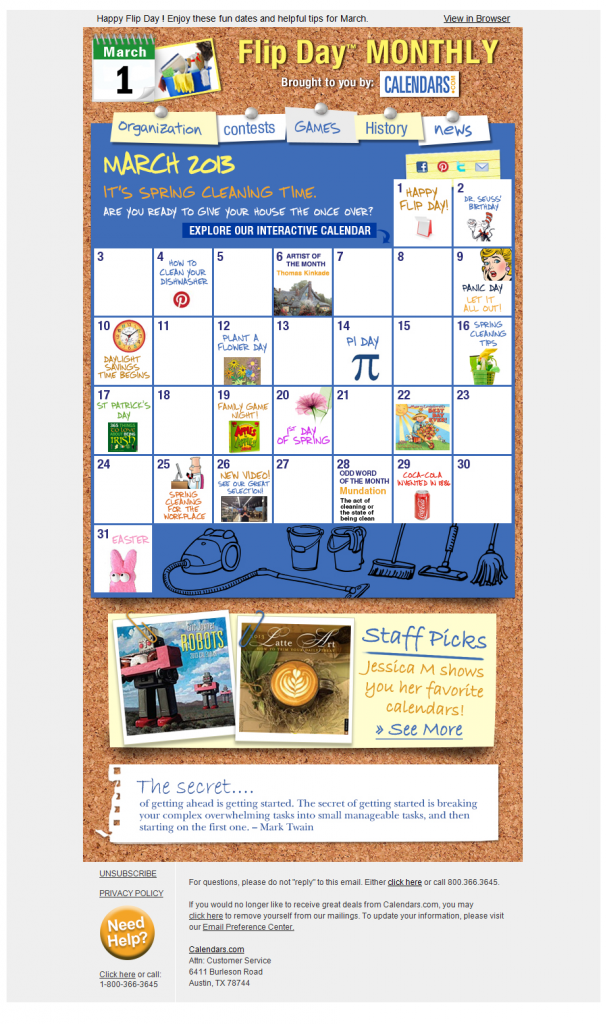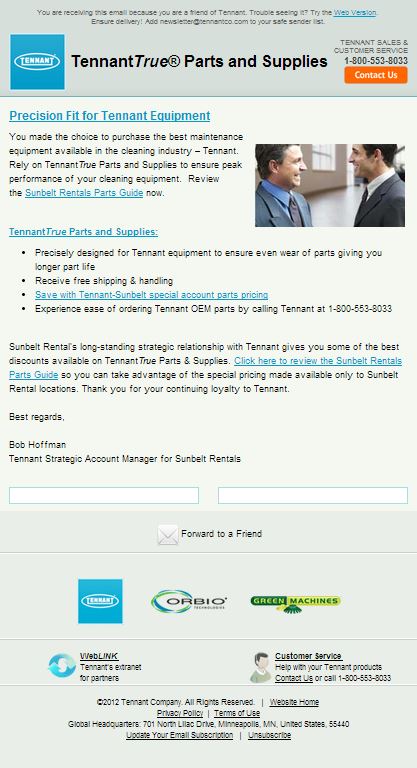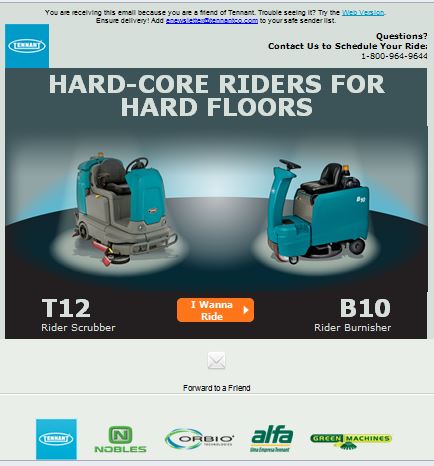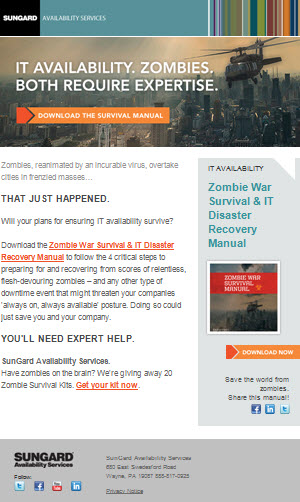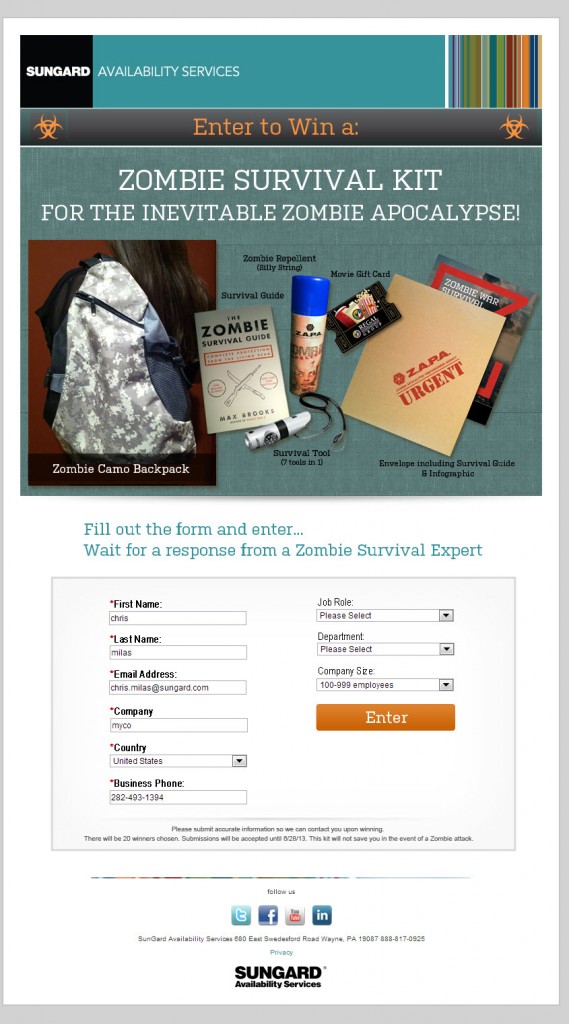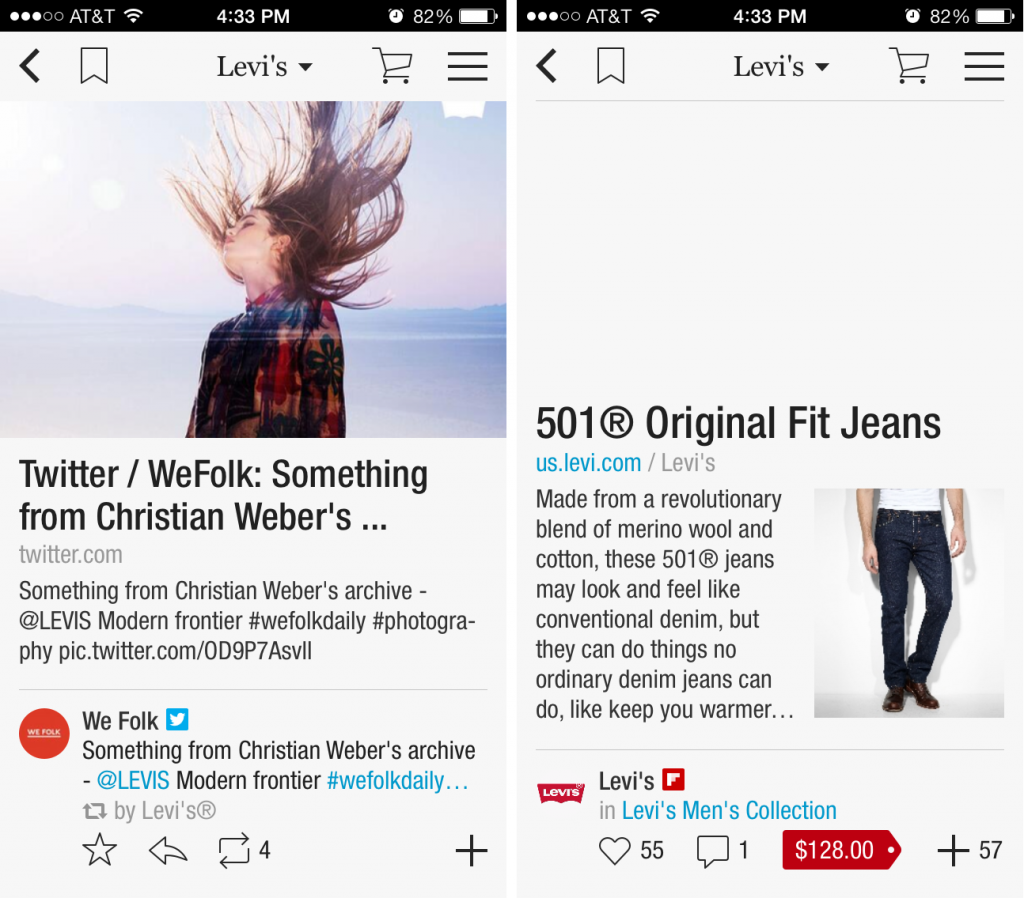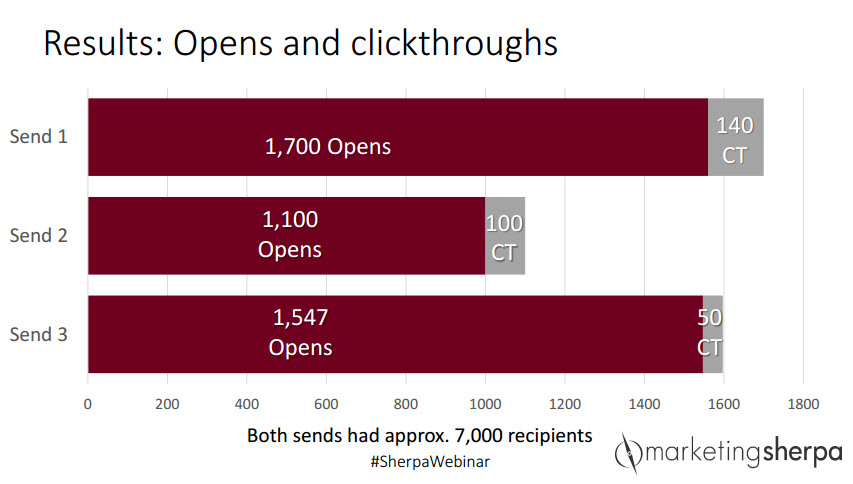Email Marketing: 3 simple steps for building customer personas
Originally published on B2B LeadBlog
Getting the right content to the right people continues to be a challenge in B2B marketing according to Byron O’Dell, Senior Director of Demand Management, IHS, who recently spoke at MarketingSherpa Email Summit 2014.
Byron explained how his organization transformed from batch and blast email sends to persona-driven campaigns.
In today’s B2B Lead Roundtable Blog post, I want share the three simple steps for building customer personas Byron shared in his presentation to aid your targeted email marketing efforts.
Every solution starts somewhere
A big factor in solving the batch and blast challenge, as Byron revealed, rests in having the right people in the room to have a productive conversation about how personas can benefit an organization’s targeting efforts.
“It starts with some of the obvious,” Byron explained. “We needed to get the right Marketing folks and the right Product Management folks together and we knew we needed Sales and the voice of the customer as well.”
Step #1. Look to your existing customer data for insight into who buys from you
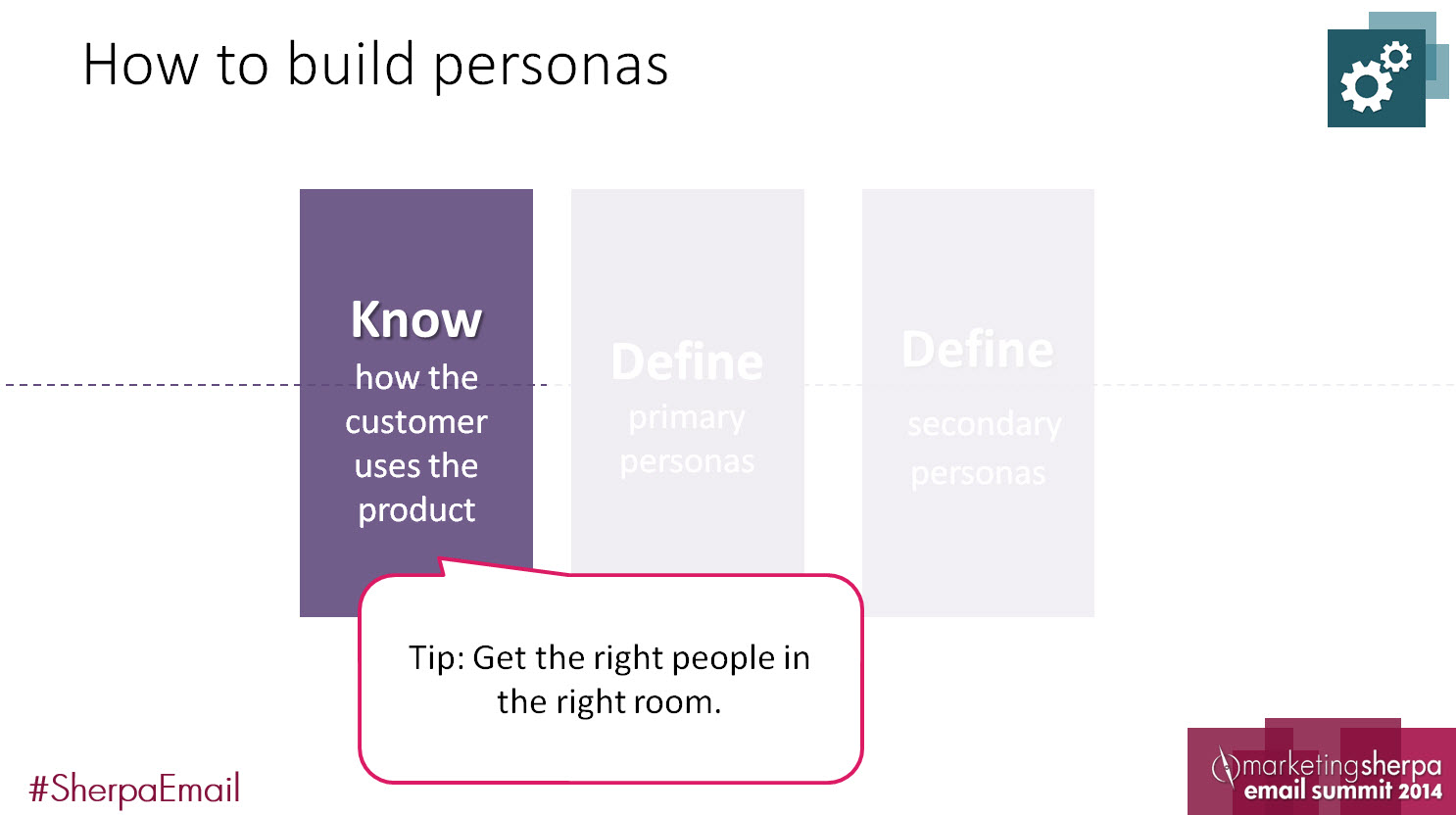
Once you have key people in the room, the trick to building personas is in looking at your existing customer data to gain insight into who buys from you.
“Initially we got the Marketing and product folks together and we [asked] what types of people are buying our products,” Byron said. “And we supplemented that with data looking at what types of [job] titles are we actually seeing in terms of net new deals.”
Step #2. Define your primary prospect personas
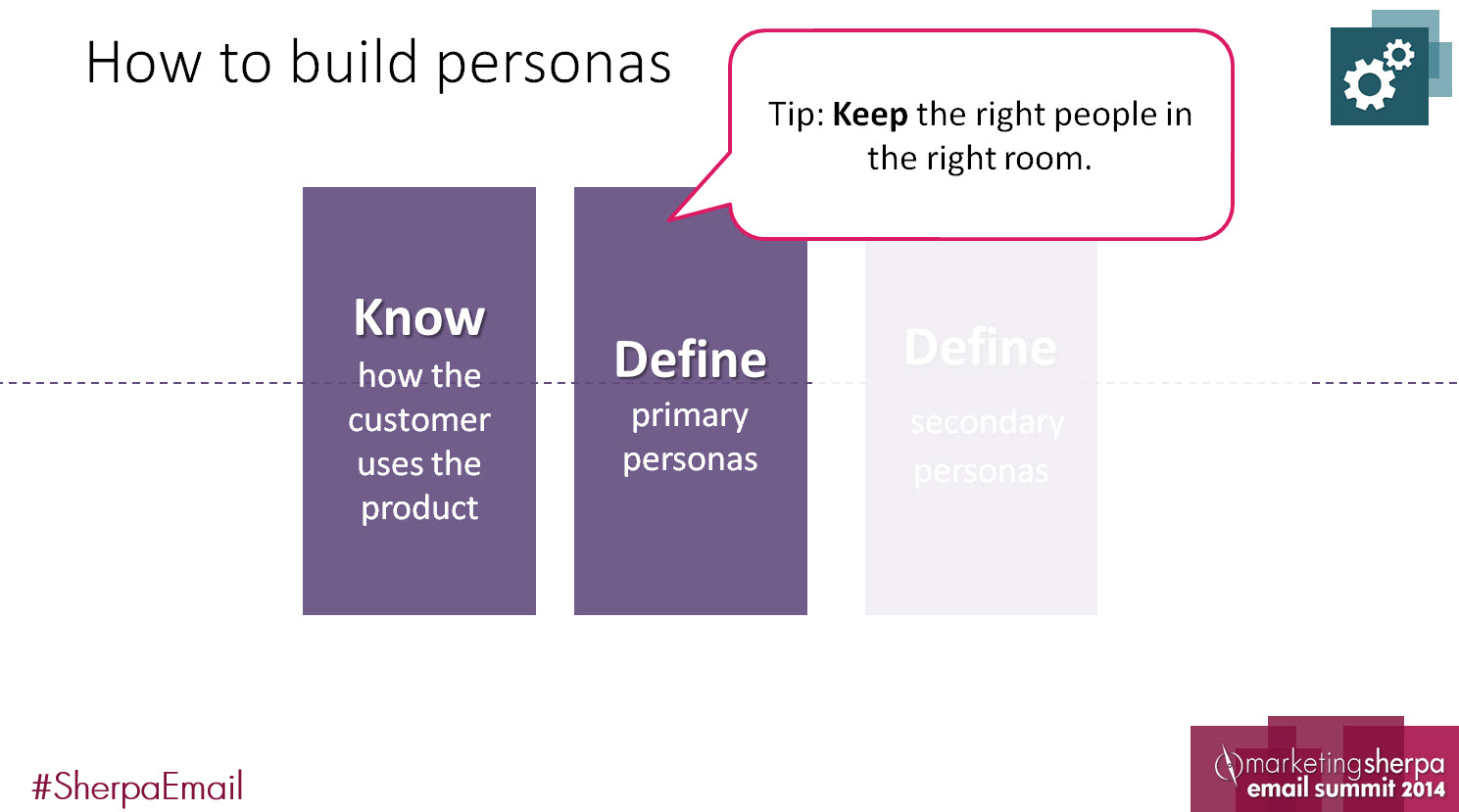
Byron also explained how the team used that insight to create six primary customer personas based on whom the organization would likely want to target.
Here’s the list the team created:
- Military/Government (Planning & Strategy)
- Military/Government (Technical & Program)
- Intelligence Analysis
- Industry (Commercial)
- Industry (Technical & Program)
- Media/Advertising/PR
Step #3. Never build personas in a vacuum
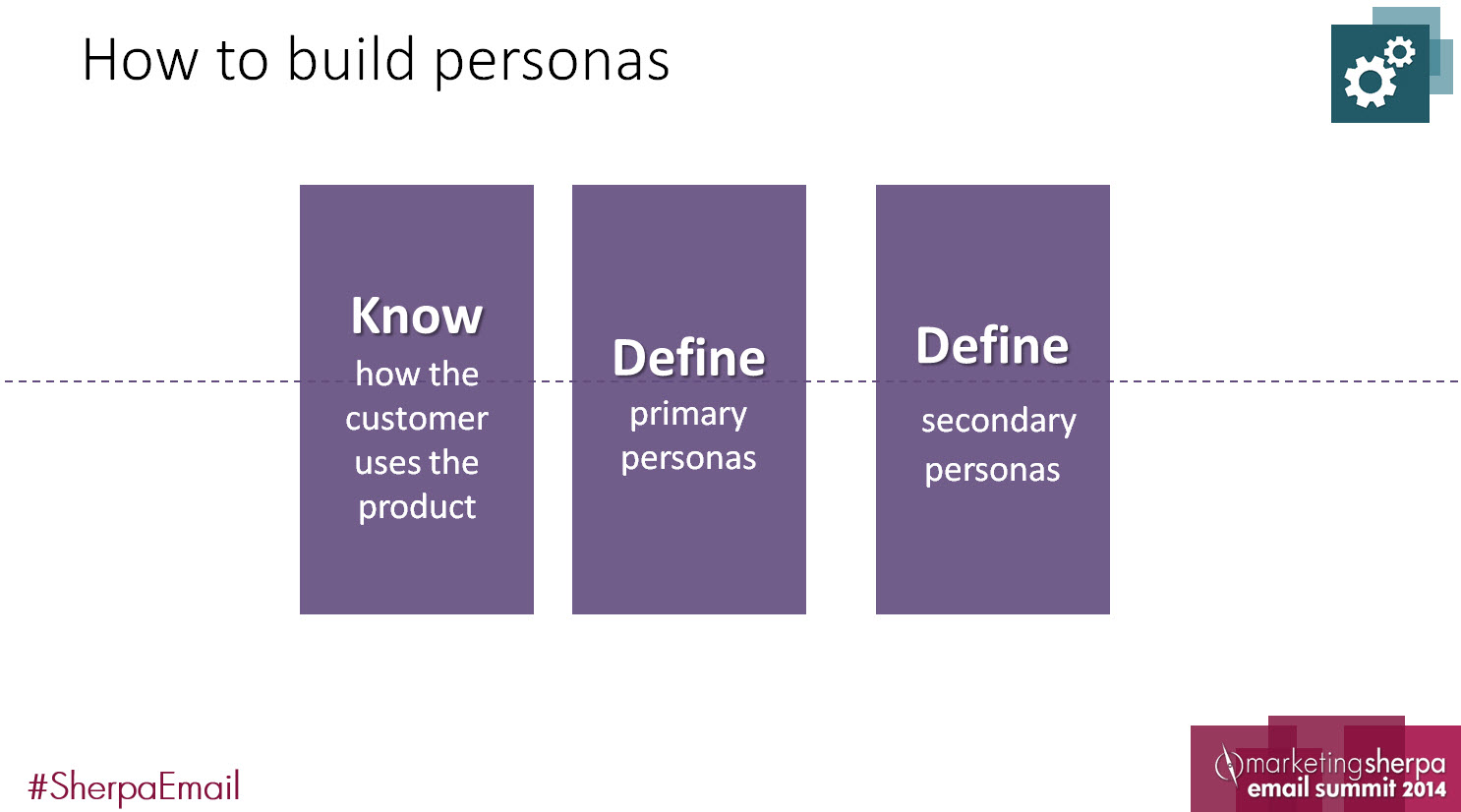
If there is one caveat to mention here, it’s that personas created in a vacuum outside of an alignment between Marketing and Sales is a fast track for missed opportunities.
Byron explained that the green primary personas were the ones Marketing believed were vital to their targeting efforts.
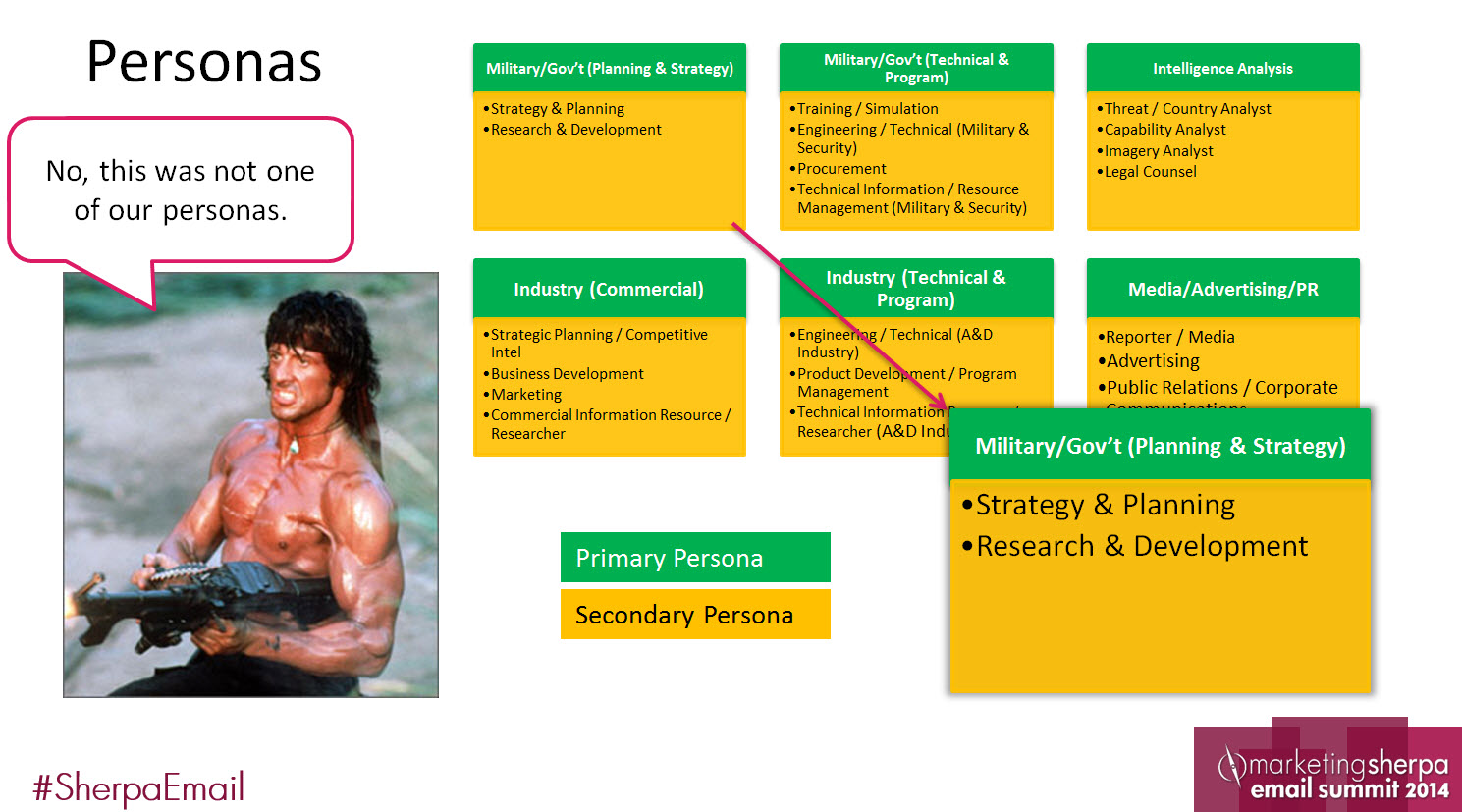
After some feedback from Sales, however, the team discovered there was some “granularity” that was also important to consider in building out personas.
The feedback led to the creation of a secondary set of personas that allowed the IHS team to really drill down into their targeting efforts in a way that would likely have been not possible had they not worked with Sales to develop the profiles of their ideal prospects.
Personas are only a means to an end
Personas can help you understand who is buying from you, but they are only a means to help you with the true goal of every email campaign: relevance.
Being relevant means you understand the needs of the customer and how you can serve those needs in a way no one else they encounter on the buyer’s journey can.
To learn more about the challenges Byron faced in transforming IHS’ email program, you can watch the on-demand webinar replay of “Marketing Automation: Key challenges a global information company overcame to transform from batch and blast to persona-driven email marketing.”
You may also like
Email Deliverability: 8 tactics help you overcome rising B2B challenges [Case study]
Email Marketing: Do you test your legacy marketing? [More from the blogs]
Email Copywriting: 3 tactics for delivering value over perceived cost [More from the blogs]








